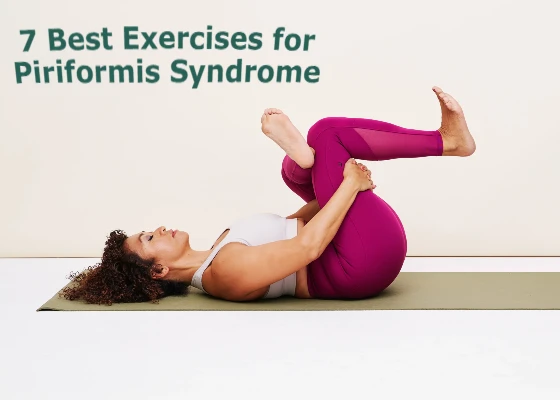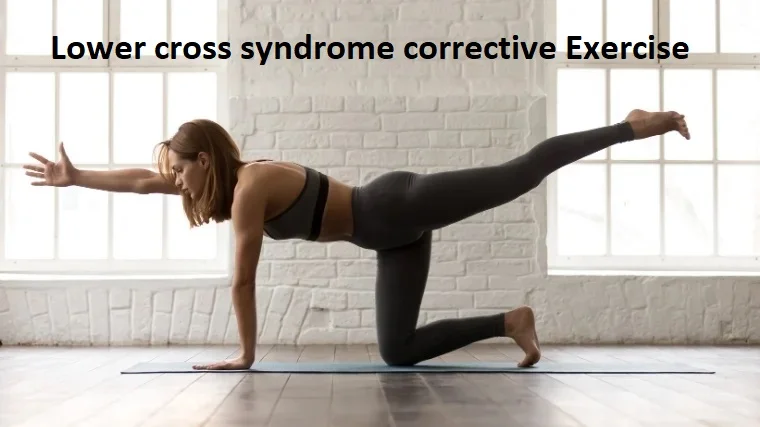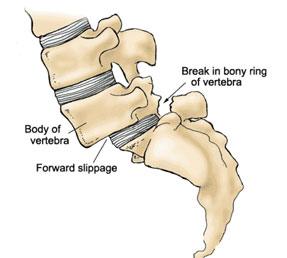7 Best Exercises for Piriformis Syndrome
Table of Contents
Introduction
Exercises play a major role during piriformis syndrome, exercise increases the strength of hip muscles and increases the mobility of the piriformis muscle and surrounding hip muscles. piriformis stretch increases the flexibility of muscle and decreases the symptom of piriformis syndrome.
Piriformis syndrome is defined as a neuromuscular disease that occurs when the piriformis muscle compresses the sciatic nerve The structure of the piriformis muscle is a flat, band-like muscle located in the buttocks near the head of the hip joint. The piriformis muscle is responsible or important for lower extremity or limb movement such as rotations because the piriformis muscle stabilizes the hip joint and lifts and rotates the thigh away from the body.
Piriformis syndrome causes pain or numbness in your buttocks, hip, or upper leg. piriformis syndrome is caused when the piriformis muscle presses the sciatic nerve which creates the symptoms.
Symptoms of piriformis syndrome
Piriformis syndrome causes pain or numbness in your buttocks, hip, or upper leg. piriformis syndrome is caused when the piriformis muscle presses the sciatic nerve which creates the symptoms.
- Aching
- Burning
- Numbness
- Pain
- Tingling
- Shooting
Causes of the piriformis syndrome
- Gluteal trauma in the sacroiliac joint
- Myofascial trigger points
- Secondary to laminectomy
- Bursitis of the piriformis muscle
- Colorectal carcinoma
- Episacroiliac lipoma
- Femoral nailing
- Myositis ossiffication of the piriformis muscle
- Neurinoma of the sciatic nerve
- Intragluteal injection
- Hypertrophy and spasm of piriformis muscle
7 Best Exercises for Piriformis Syndrome
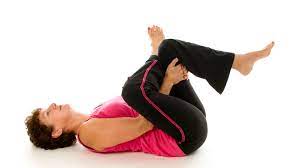
Knee-to-shoulder piriformis stretch
First Lie flat on your back with your legs straight on the plinth or mat.
Lift your positive leg and bend your knee and then place your hand on the knee, and pull your knee by the hand toward your opposite shoulder.
Hold this position for 10 or 30 seconds.
perform knee-to-shoulder piriformis stretch on each side three times, twice a day.
Ankle-over-knee piriformis stretch
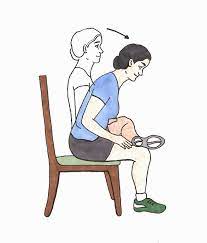
First Lie flat on your back with both knees bent on the mat or plinth.
then you should Cross your ankle over your opposite knee.
you should seize the back of your thigh area behind your opposite knee.
give a mild pull to your thigh straight toward your chest.
Hold this position for 30 seconds.
perform ankle-over-knee piriformis stretch on each side three times, twice a day.
You can also perform this exercise in a sitting position:
First, you can Sit on the chair with both feet placed on the ground or floor.
then you should Cross your ankle over your opposite knee.
Let your knee fall downward by your hand, keeping your ankle in place only to move the knee.
Push your knee down gently or lean forward you should feel the stretch in your buttocks which is necessary.
you should Hold this position for 30 seconds or 60 seconds.
perform piriformis stretch in the sitting position on each side three to five times, twice a day.

Bridging
first Lie flat on your back with both knees bent on the mat or plinth.
Then you should contact your core muscle and lift your hips off the floor.
Squeeze or press your buttocks at the top of that motion.
Slowly lower your hips back to the plinth or mat.
bridging exercise you should repeat 10- 15 times per day.
perform three to six sets, once or twice a day.
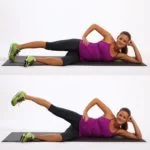
Side leg lifts or hip abduction
first, you should Lie on your side with your ankles stacked on top of one another on a plinth or mat. You can put your head on a pillow or your arm for rest.
then you should tighten your top thigh and lift your leg slowly, keeping your knee locked.
Slowly take down your leg to the starting position.
the side leg lift exercise Repeat 10 times on both sides per set.
perform three sets, once or twice a day.
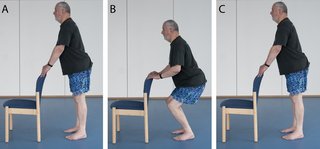
Standing small range squat
first you should Stand straight with your heels shoulder-width apart.
then rested your hips and push your buttocks back, squatting as low as comfortable.
then Slowly return to a starting position.
Standing small range squat exercise repeat 10 times per set.
perform three sets, once or twice a day.
Clamshell
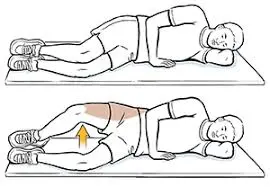
First, you should Lie on your side with your ankles stacked and your knees bent in an “L” shape also you can be used theraband.
Then you should Keep your heels together, lift your top knee and stabilize the lower knee as if you are opening a clamshell.
Slowly lower your knee or back to the starting position.
You can also hold this position for 5 sec and clamshell exercise Repeat 5-10 times on both sides per set.
perform three sets, once or twice a day.
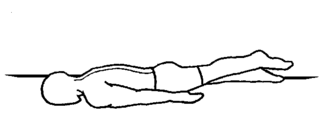
Facedown leg raises
First, you should Lie flat on your stomach with your legs extended n the plinth or mat.
Then you should tighten your thigh muscles and lift one leg off the floor, keeping your knee locked and holding this position for 5 seconds.
Slowly back your leg to the original or starting position.
facedown leg raises exercise or prone leg raise you should Repeat 15 times on both sides per set.
performed three sets, once or twice a day.
Should you perform the exercise with piriformis syndrome?
Absolutely you performed all activities and exercises. You may think you should take rest or stop moving and stop all activity, but rest is not the answer and solution for piriformis syndrome. Often, rest is important in the starting phase of the condition.
Stretches and exercises are the best treatments for piriformis syndrome. A consistent regimen of stretching and exercise can significantly reduce or decrease symptoms. The goal is to loosen the piriformis muscle, so it is not irritating the sciatic nerve.
Here are Dr. Catanese’s top moves for piriformis syndrome. Talk to your healthcare or physiotherapist before starting a new exercise for piriformis syndrome, especially if you have pain or have not been exercising regularly or performed exercise regularly.
Positions and exercises you should avoid if you have piriformis syndrome
you have to try not to sit for long periods. sitting position puts pressure on your piriformis muscle and sciatic nerve which compress the sciatic nerve. You should also avoid seated positions for long periods and exercises such as biking, which could aggravate your piriformis syndrome.
If you sit at work, Dr. Catanese recommends standing up briefly every half hour to decrease or lose the pressure on your piriformis. A standing desk is also the best investment which is to prevent piriformis syndrome. standing desk a better ergonomic design for people who work on their computer all day or mostly computer work.
Other ways to help relieve piriformis syndrome
healthcare provide the seven basic stretches and exercises with other strategies to help reduce piriformis syndrome symptoms, including:
Cardio exercises: Aerobic exercise is important for your hip muscles which increases strength and overall health. A good cardio exercise for piriformis syndrome is walking or using. You can also be doing jogging if it does not cause pain.
Core exercises: A strong core can provide support to your piriformis muscle. you can include core exercises in treatment plans for your patients with piriformis syndrome. Examples include crunches, leg lifts, and planks which increase core strength.
FAQ
A few days of rest starting of the syndrome.
Home exercises to stretch or strengthen the piriformis muscle while piriformis syndrome.
Nonsteroidal anti-inflammatory drugs (NSAIDs).
Massage, as complementary medicine.
Medications that relax the muscles and pain relief purpose.
If there are properly diagnosed, piriformis syndrome by healthcare is usually readily treatable, though some individuals may suffer from starting piriformis syndrome symptoms or from chronic discomfort. Piriformis syndrome sometimes can be prevented by ice packs, Exercise, modifying activity, stretching, and maintaining a proper rehabilitation home program.
Use back support such as a cushion or pillow.
The back support can provide a pain-free position by keeping your spine in proper alignment or position, and a cushion on your seat can help distribute your weight equally or evenly so you do not put more pressure on one side and weight distributed evenly.
Piriformis syndrome is a condition in which the sciatic nerve compresses by the piriformis muscle. It is part of a condition called deep gluteal syndrome or piriformis syndrome. It can cause pain, tingling, and numbness, and it can be temporary or permenant this all are common symptoms.
Walking can be a really important or necessary part of recovering from sciatic pain or piriformis
syndrome pain and can help improve back mobility and spine mobility, release endorphins, and
help promote your body’s natural healing processes and maintain your whole body posture.

